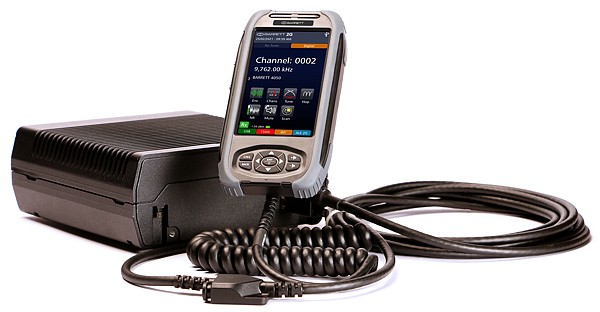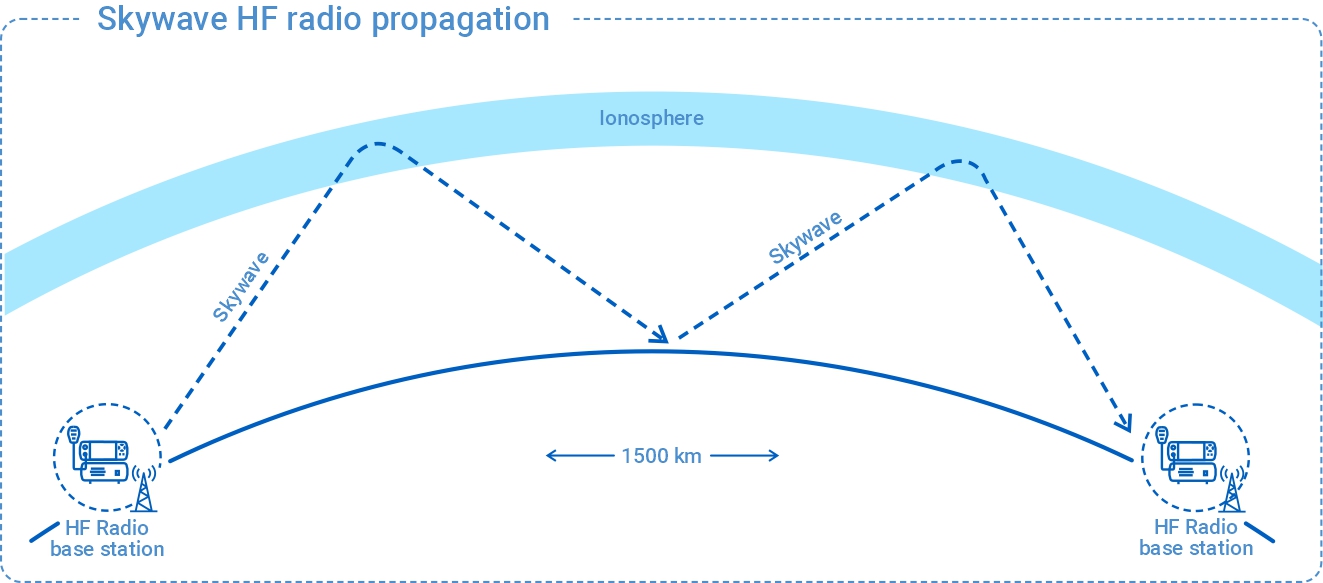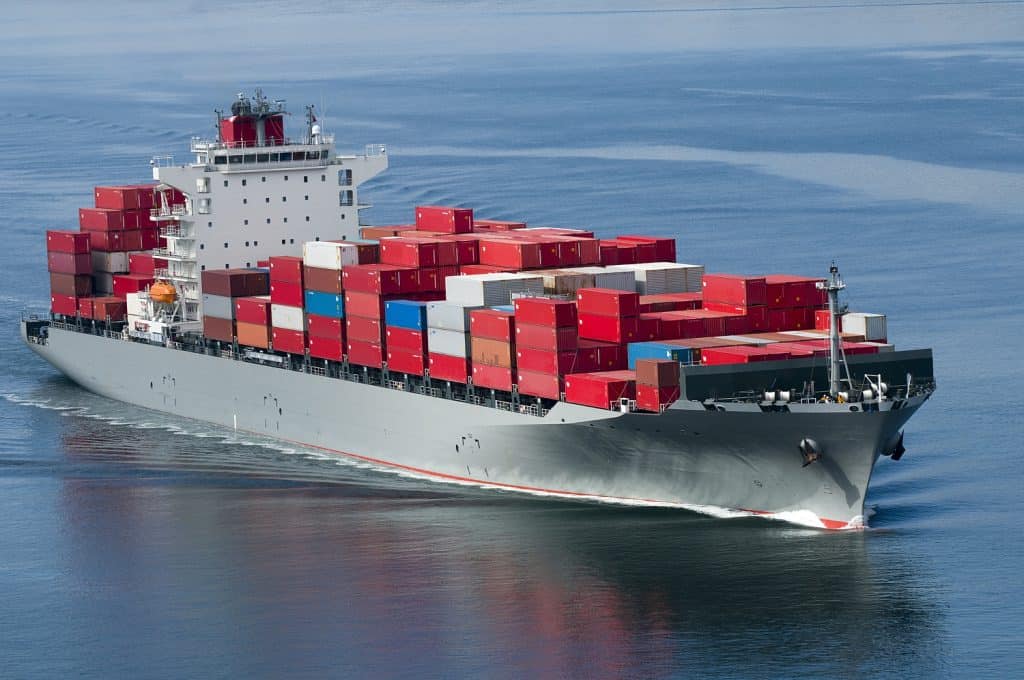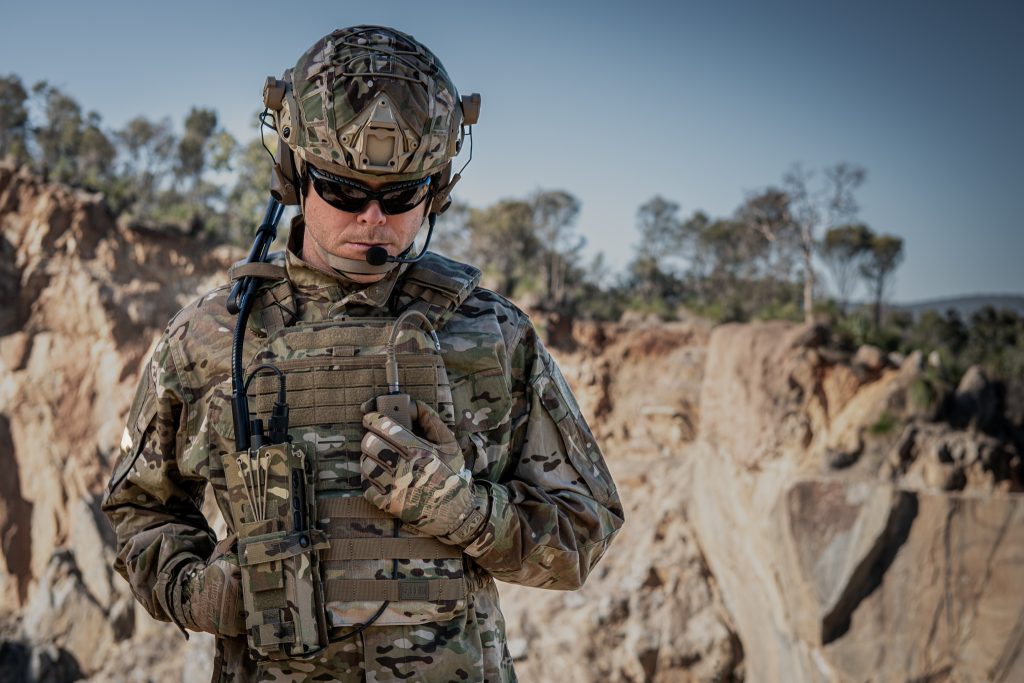Advanced HF Radio Propagation Techniques: Mastering Long-Distance Communications
Advanced HF Radio Propagation Techniques: Mastering Long-Distance Communications

High-frequency (HF) radio wave propagation is crucial for long-distance communication.
This article explores advanced HF techniques, including skywave, groundwave and Near Vertical Incidence Skywave (NVIS), which are vital in ensuring reliable communication across various military and civilian terrains.
Understanding HF propagation
HF propagation refers to the transmission of radio waves that interact with the ionosphere and the Earth’s surface. These waves can travel long distances by reflecting off the ionosphere and the earth’s surface. Skywave, groundwave and NVIS are the three most common forms of HF propagation, each with its own specific qualities and applications.
1. Skywave propagation
Skywave propagation relies on radio signals reflecting off the ionosphere and returning to Earth, allowing for long-range communication. This strategy is particularly useful for reaching remote locations and communicating across oceans. The military uses skywave propagation to ensure secure communication across long distances, while commercial and civilian applications include maritime communication and emergency services, which require consistent long-distance communication.

2. Groundwave propagation
Radio waves propagate along the Earth’s surface. Groundwaves, unlike skywaves, are not dependent on the ionosphere. They are ideal for medium-range communication, particularly over flat terrain. Groundwave propagation is often employed in AM broadcasting to provide clear signals across great distances. Maritime communications can also benefit from HF radio groundwave propagation, which ensures that ships can communicate consistently when outside of the range of marine VHF radio.

3. Near Vertical Incidence Skywave (NVIS)
NVIS is a novel form of HF radio propagation that transmits radio waves practically straight up into the ionosphere before reflecting them back down to Earth. This strategy is ideal for establishing consistent connections in mountainous or forested areas where direct line-of-sight contact is difficult. NVIS techniques can also be used to overcome HF radio skip zones. NVIS is critical for military operations in harsh environments and disaster response activities because it can provide reliable communication when other forms of radio and satellite communications are not suitable.

Applications and benefits
Each HF propagation technique has specific uses in a variety of industries. Skywave is vital for long-distance communication across vast distances. Commonly used by military, commercial, and government organisations as well as civilian use. Groundwave propagation is especially useful for medium-range communication. It can transmit clear signals across hundreds of miles. NVIS, on the other hand, can provide dependable connectivity in difficult terrain. It is critical for military operations in hilly or mountainous areas where communication is difficult. Furthermore, NVIS is critical for disaster response in distant or highly forested locations where other radio and satellite communication systems are not effective.
Key takeaways
Advanced HF radio propagation techniques are vital for effective long-distance communication. By mastering skywave, groundwave and NVIS methods, we can help ensure reliable HF radio communication across diverse terrains and applications.
Delve deeper into HF communication technologies to enhance your long-distance communication capabilities. For more information and expert advice, contact us today.






